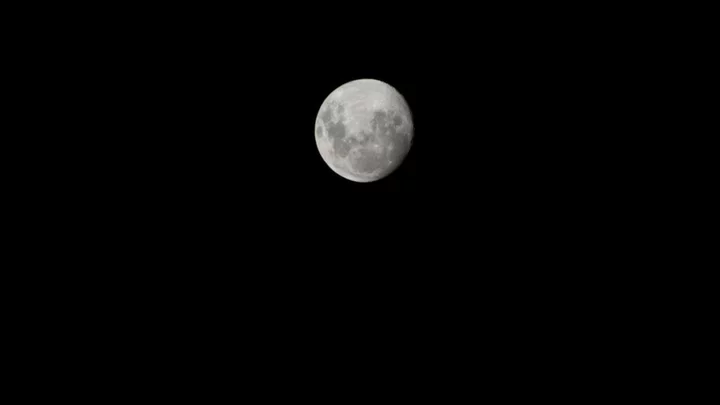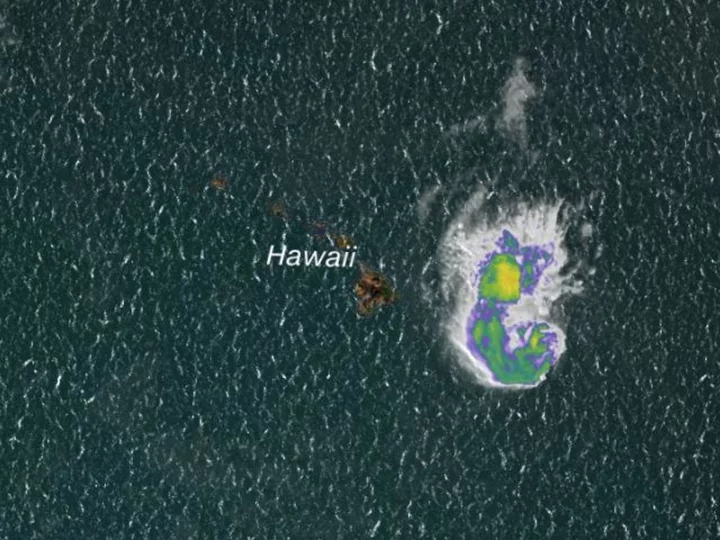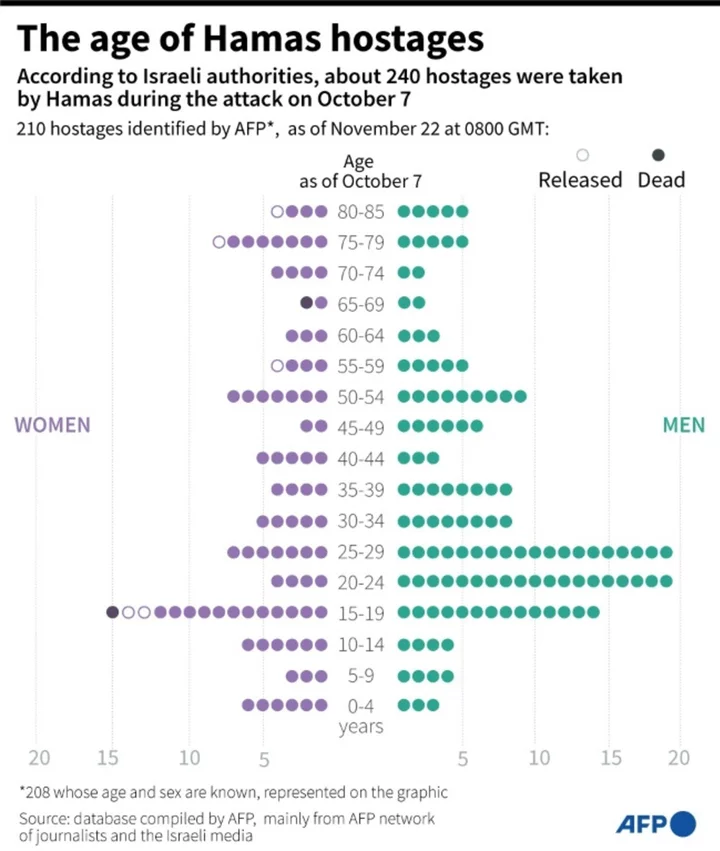Russia has successfully launched a rocket carrying a lunar lander which should touch down on the surface of the Moon on Aug. 23.
As AP reports, the Russian spacecraft, known as Luna-25, was launched from the Vostochny Russian spaceport and is expected to take just under six days to get to the Moon. Once there, it will slot into an orbit 62 miles above the surface for between three and seven days. After that, a landing attempt is expected.
Unfortunately from a scientific point of view, the main aim of the mission is simply to land an object on the Moon, but rock and dust samples are expected to be collected. Russia's space agency Roscosmos explained that the mission is to demonstrate Russia "is a state capable of delivering a payload to the Moon." It's also meant to guarantee Russia's access to the surface for future missions.
According to Russian space analyst Vitaly Egorov, "Study of the Moon is not the goal ... The goal is political competition between two superpowers — China and the USA — and a number of other countries which also want to claim the title of space superpower."
NASA delayed its Moon landing to 2025, in part because of a Blue Origin lawsuit. However, the project is progressing with Artemis I completing its Moon flyby last December. Artemis II will be the first scheduled crewed mission of NASA's Orion spacecraft and will perform a lunar flyby before returning to Earth in Nov. 2024. Meanwhile, China wants to build Moon bases using lunar soil and 3D-printing technology.









